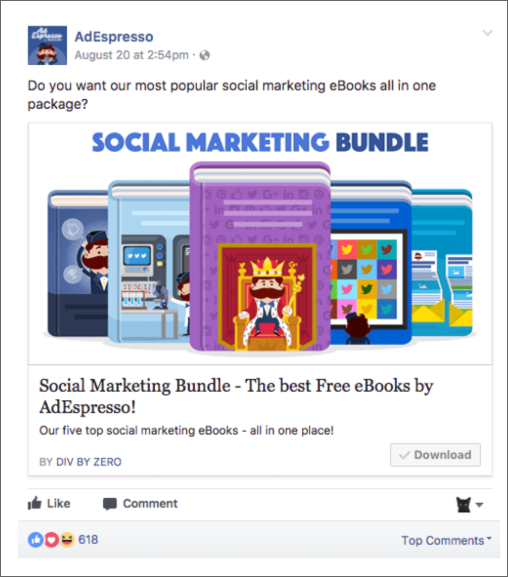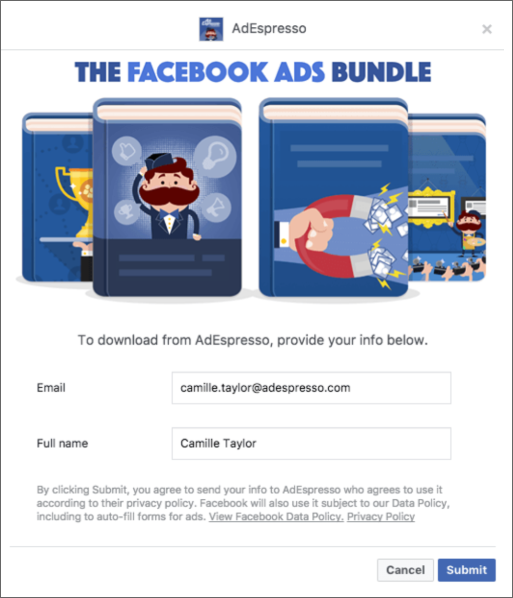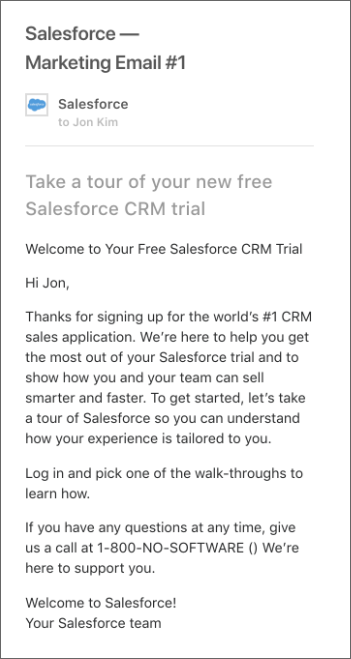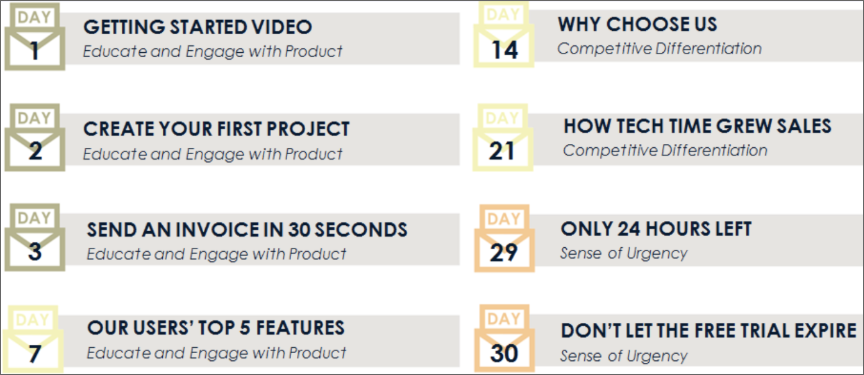Winning SaaS leads is easily becoming the bane of every B2B marketer’s existence. A study from Hubspot proves just that:
- 63% of marketers believe that lead and traffic generation are among the most challenging parts of B2B marketing.
- 38% of sales representatives believe that earning a response from leads is becoming increasingly difficult.
It doesn’t help that providers are popping up left and right and that the digital industry is getting more and more crowded by the second. As an emerging provider or even as a growing company, it’s challenging to scale your business and develop more products down the line, much less break even in an extremely competitive field.
So how do you make sure you get consistent business? Don’t take your leads for granted. When your efforts to woo buyers seem to be failing, consider a change of plans.
In this article, we’re going to talk about the common mistakes marketers make when pursuing their prospects, as well as proven and tested methods for better follow-up techniques.
Where Do You Get SaaS Leads in the First Place?
1. Content
Anything from whitepapers to blogs to webinars to eBooks. Sharing content, both gated and non-gated paid (if you think that works for your audience) and free, is a great way to understand your market behavior. The best part about lead generation from content is that you already know that they’re interested.
You’re not sending cold emails to potential businesses; you’re collecting information from people who are ready to learn more and understand how your services would help them. Best to have progressive profiling in place for gated content, so at the second and third piece of content, you already know more about that prospect.
2. Events
Even in the digital age, there’s nothing quite like gathering leads from an actual event: a conference, a more informal meet-up, a press con, or a product launch.
Take note of the people who are interested in your product; those who ask questions during Q&A, those who engage with your sales reps, those who ask for a brochure or a business card. Simply reach out to them and try to get their email, contact number, or business card, or – the simplest way – scan their event badge. And don’t forget to follow-up a couple of days after the event. Some of them may just have been browsing at the event, but some will be qualified leads definitely worth pursuing.
3. Emails
This is especially true for SaaS providers who rely on freemiums to get exposure. According to the esteemed digital marketer Sujan Patel, most customers fall out during the onboarding process. If you don’t want your warm leads to churn, strive to remind them why they need your software or product.
To this day, email remains to be one of the best ways to follow-up on SaaS leads. All you need to do is to construct a fool-proof sequence that caters to each and every stage of the customer lifecycle. Some marketers go hard with a series of marketing pitches, not realizing that the buyer might not even be properly acquainted with the service yet. Don’t forget that a well-rounded email sequence is at the heart of every winning lead.
Aside from promotional emails, there are three main email types you can include in your sequence:
- Activation emails: These emails are designed to educate potential buyers about your brand. Think of it as the tutorial phase: you give them tips and tricks on how to use your product, which inches them closer to conversion.
- Transactional emails: When customers buy into your brand, they want to know what’s happening. This is especially true for start-ups that are beta-testing their software. A soft launch that has a dedicated daily blast regarding updates and milestones show that you’re keen on improving the product overtime, thereby delivering consistent great customer experience.
- Sample experiences: Let the numbers do the talking. Include case studies showing how useful your product has been to others. The more proof you have of success, the likelier for your prospects to convert into actual paying customers.
4. Social Media
The advent of social media has allowed new methods of lead nurturing to emerge. Instead of brands actively seeking out their leads, social media recalibrates this relationship, allowing customers to take the initiative.
An example of which is Facebook’s Lead Ads feature. With this, brands can treat opt-in pages as ads and use them to encourage customers to get in touch, all from the comfort of Facebook. Lead ads are links that appear as ads, which bring up a pop-up form where customers can key in details required by the brand like name and nature of inquiry among other things.


Image Source
This ensures that leads generated from social media remain engaged and can seamlessly transition from mere audience to paying customers.
5. Research And Direct Approach
Nothing beats the standard cold contacting approach, even in the golden age of content marketing. Some marketers think cold contacting is obsolete because of new platforms and ways to engage customers, but what they don’t realize is a potential to combine a tried and tested approach with new forms of engagement.
Thanks to analytics like SEO search, content engagement, ad impressions, your contacts don’t have to be as “cold”. Current tools like SEMRush and Google Adwords allow marketers to understand who exactly they’re talking to. Sites like LinkedIn provide a more or less accurate buyer persona for companies to utilize. The goal now is to use these resources and pair them up with direct approaches like emailing and even direct calling.
44% of marketers give up on a prospect after following up once so there’s definitely room for competition. In a world where too many businesses focus on creating awesome email series and ad campaigns, setting up a call, or better yet, a personal meeting can fast track you into a subscription.
6. Free Trials
The SaaS industry is pretty tricky to deal with because there are so many companies that offer seemingly similar things. As a buyer, how can you be sure that you’re getting your money’s worth? One answer: free trials.
Think of it from the buyer’s perspective: it’s easier to build a relationship with a company that is willing to give 7 or 30 days to you for free. This means that they’re confident enough to let you play with their software for a limited time and test out its features.
A free trial is usually the final hook leads need to invest in your business. Give them a taste and they’ll happily pay for the whole product soon enough. But it doesn’t end there. Neil Patel suggests a couple of ways to really secure that lead before and after the trial expires:
- Only 26% of SaaS companies keep in touch with free trial users through email throughout the trial period. Remember that the activation period — the time frame when you’re trying to get the customer to use your software – is a crucial phase in your customer lifecycle. Neglect this and you run the risk of losing people’s interest before the free trial even expires.
- Encourage them to use your software. As potential buyers go through the activation phase, it’s important that you remind them to actually use the software. Soft emails reminding them when the trial expires is a great way to incite interest and get them to engage with your software.
- Ask them to do something after the trial expires. It could be anything from reading a blog to providing feedback to sending you an email. Keeping them engaged will help you develop some form of relationship with your prospects, which makes them more dependent on your brand.
What Are the Common Follow-Up Mistakes SaaS Marketers Make?
Waiting Too Long
Follow up too soon and you can come off annoying; wait too long and you will inevitably lose your leads. Openview suggests that direct requests like contact form responses, freemiums, and assessment requests should be contacted within 10 minutes. These are the leads that have conducted their research and want to solve a particular issue for their company, so you’re probably not the only business they’ve contacted.
Of course, it varies depending on the context. For events and webinars, two to three days is a pretty good time to get in touch with your leads.
When it comes down to the best time to contact prospects, a study suggests that anywhere 4 to 5 PM is a good time and has a 164% better connection rate than calls made 1 to 2 PM. At the end of the day, it’s all about proper timing.
When deciding whether or not you’re following up a little too soon, remember that it’s never too soon to get in touch with a lead.
Not Knowing How Often To Contact A Lead
It’s not enough that you’re talking to your prospects. You have to make sure that you’re engaging them, too. A consistently interesting drip campaign can solve this.
Salesforce is one of the biggest sales software providers in the world, and much of their success is owed to their automated marketing series. Salesforce developed a 10-email series sent over the course of 29 days, consisting of offers to call and consistently selling the USPs of Salesforce.

Image Source. View the entire sequence here.
Settling For Vague Follow-up Details
When you’re ending a sales call, don’t just end with “I’ll call you next week?” Set a deadline so your prospect knows you mean business. Settling vague details will inevitably lead to cancellations, which will only prolong the acquisition process.
What Makes a Good Follow-Up Strategy?
1. Send The Right Emails
Prospects are more willing to share information about themselves in exchange for content: 76% would do so in exchange for white papers, 63% for eBooks, and 79% for webinars. Lay off promotional emails and start sending ones that help your prospects move the needle forward.
2. Use Their Preferred Communication Channel
Nellie Akalp from CorpNet.com says the best way to seal the deal is by adjusting your communication methods according to your client’s preference. Don’t call them if they prefer discussing things over email. Don’t send them a sequence if they’d rather see you in person. Find out who you’re talking to and then find the best way to talk to them.
3. Analyze Your Results
On average, B2B purchasers use 6 different channels to interact with your brand as they go through the deciding phase. 65% of these buyers report having an inconsistent experience, which leads to a lost sale.
Always split test your communication methods. Whether you’re sending out opt-in and landing pages, emails, or texts, take the time to test out A/B versions to figure out which works best.
4. Diversify your follow-up efforts
Never put your eggs in one basket: only 24% of sales emails are being opened, which means you have a better shot diversifying your follow-up efforts. Remember that scoring SaaS leads is all about timing and effort.
5. Maintain a Calendar
Having a lead nurturing path is not enough; mapping it against a calendar is one of the best ways to organize responsibilities and keep track of workflows. It helps your team keep track of your prospects and their position in the customer lifecycle, on time.

Image Source
Doing Whatever It Takes
Remember to keep your mind on the goal: following up with your SaaS leads. If you find that one method is clicking more than expected, then devote more time and energy towards evolving that method. Figure out the best way to connect with your potential clients, and keep that relationship going.
This is a guest blog post written by Anastasia Sviridenko, content marketer at TextMagic. When she’s not working, she’s probably staring at the new bestsellers shelf at the nearest bookstore.





